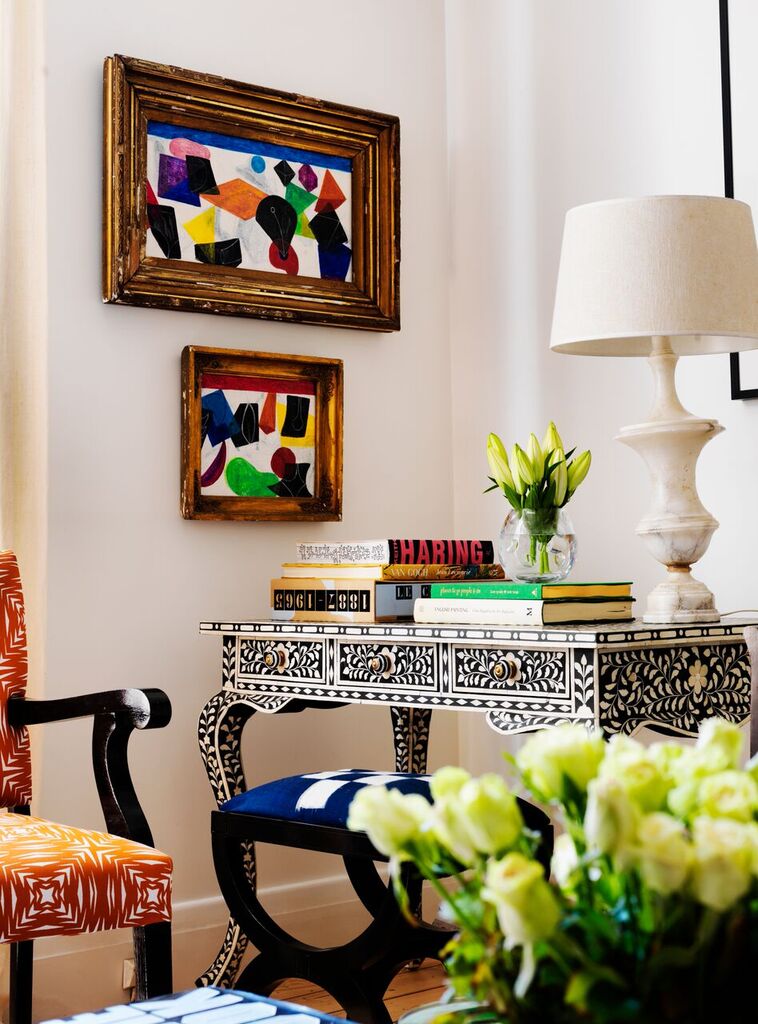CONTACT
- 97 Victoria Avenue
- Albert Park 3206
- +61 (03) 7013 8586
- Email Us

Experimenting with interior design is the best way to create the perfect living space. However, it can be overwhelming for beginners to know where to start when it comes to creating beautiful, functional spaces. As an experienced interior designer, I have many methods for transforming bland or underperforming spaces into gorgeous rooms. If you’re looking to nail the fundamentals of interior design, read on to discover my top tips on design for beginners.
Investing in quality accent pieces in the best way to add luxury and style to your home. Accent pieces can elevate a room from ho-hum to show-stopping, conveying a sense of class without overwhelming the space. These pieces can be anything from big ticket items, such as an artfully designed coffee table, to smaller things like a collection of blown glass vases or a stunning lamp.
The concept of an accent piece is that is creates a feature and a focal point in the room. Avoid having dozens of standout pieces in the same space and instead choose a few carefully curated items that will draw interest. These make a room feel more personalised and interesting.
If you have a smaller space in your home, you may be tempted to use more muted design in this area to not draw attention to it. However, using dramatic colours in these spaces can transform a forgotten or neglected spot into a striking feature of the house. A bold colour choice or wallpaper in a space such as a hallway, study nook or pantry can create a big design moment within an otherwise unremarkable area of the home.
Lighting is one of the most crucial aspects of interior design. Poor lighting choices can undo all your hard work in creating a beautiful space, and it is vital that you consider lighting when making your design choices. Windows and natural light are the optimum in making a space feel light and airy, however this isn’t possible for every room of the house. Consider using a mix of overhead or down lights, floor lamps, and even smaller tabletop lamps to illuminate darker rooms. If a space is small and dark, avoid darker shades in your wall paint and furniture choices. White or light-coloured walls and soft, minimal décor can create the illusion of more light and space.
Bold splashes of colour can add interest to interior spaces, but it’s important not to go overboard when painting rooms. If every room in the house features a different colour palette, it is going to create a sense of disunity and confusion in the home. Instead, choose a few main colours and create a more cohesive feel by using these in different ways throughout the house.
If you’re new to interior design, you may be tempted to play it safe by sticking to a basic colour palette and selecting pieces that match or are from the same brand. However, doing this risks making your home look more like a catalogue for IKEA than a personalised, eclectic space. Don’t be afraid to incorporate pieces that you’ve inherited or had for a long time, even if you feel they don’t ‘match’ your home’s aesthetic. These will add interest and personality to your rooms and help to create a warmer, lived-in look.
One of the biggest mistakes that first time interior designers make when dressing a room is placing their furniture hard up against the walls. While you may feel that this is creating more space in the centre of the room, it can actually have the opposite effect of making spaces feel more cramped. Give your furniture room to breathe by moving it at least a few inches away from the wall. This creates an airier feeling and the illusion of more surface area.
Colour can be a great way to add personality and interest to a room, but playing with different textures is the best way to add dimension and really enhance a space. Texture does more than just add visual interest; it appeals to our tactile nature and can completely alter the feel of a room.
Texture refers to all the surfaces in a space, from the furniture to the decorative pieces. To make the most of different textures, it’s best to introduce a mix of smooth, rough, shiny, matte and more.
Some examples of playing with texture in the home include adding a thick rug or a textured scatter cushion, investing in sculptures or graphic pieces of wall art, or mixing materials such as a wooden table with leather dining chairs.
If you’re looking for help to transform your home into a stunning interior space, I am here to assist you. Get in touch to discuss your dreams for your perfect home and we can look at colour, texture, furniture choice and more to turn your vision into a reality.
© 2024 Jacka Design | Interior Design, Home Decor & Gift Shop